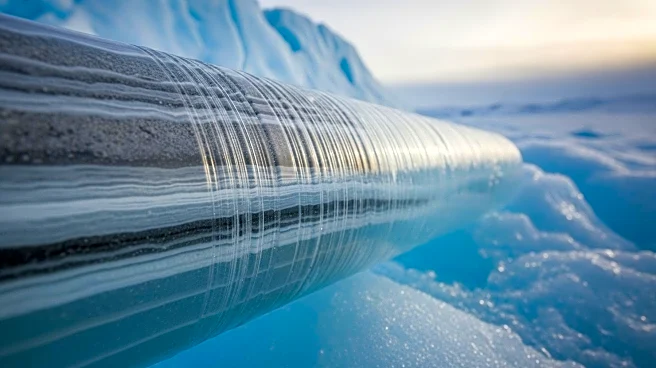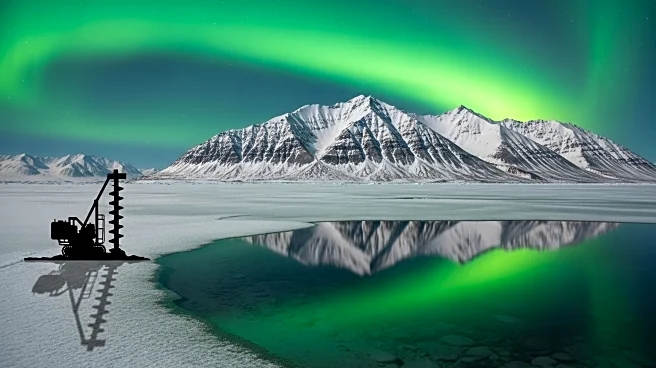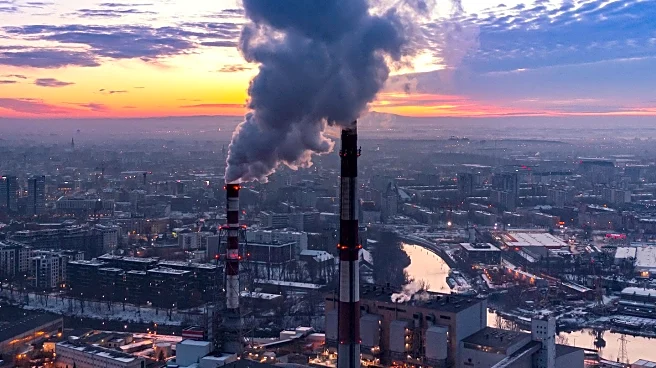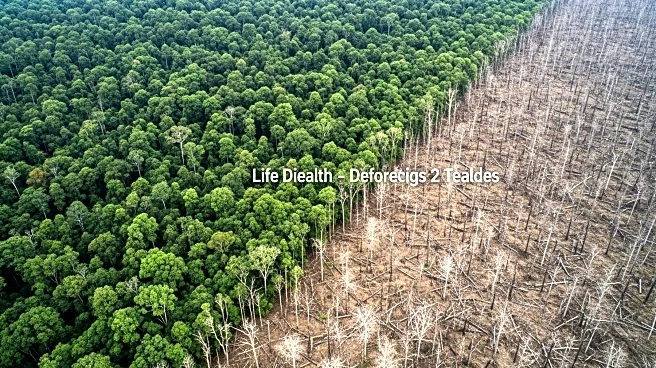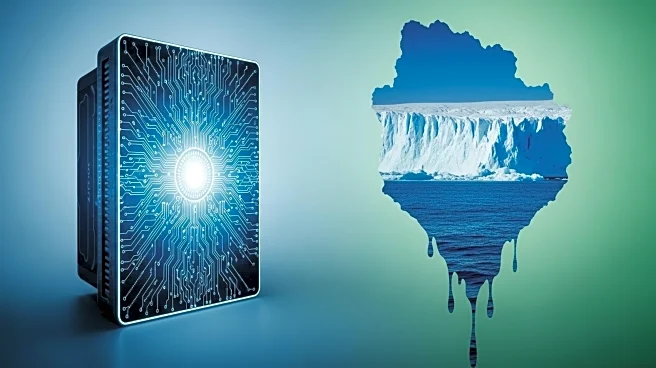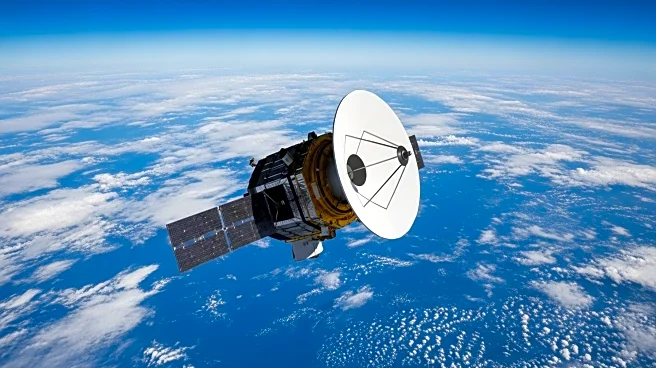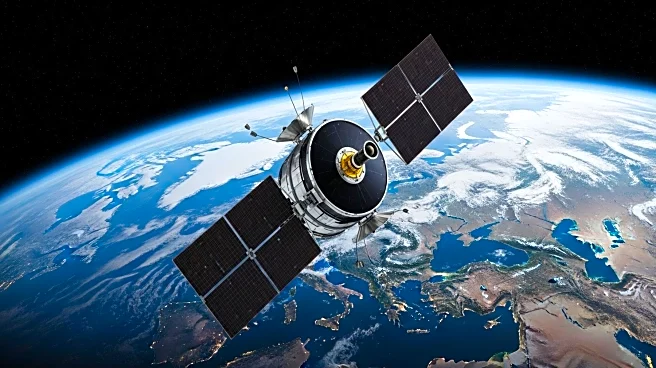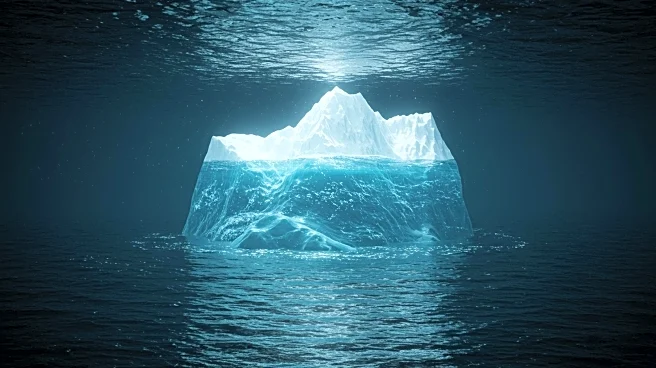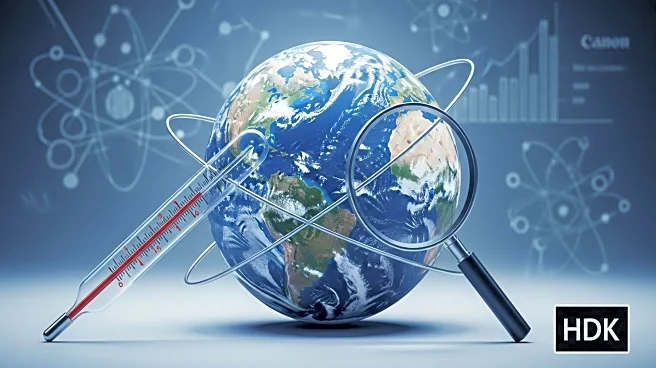What's Happening?
Researchers have uncovered valuable insights into climate change from sediments collected at Camp Century, a Cold War-era research base in Greenland. Originally established by the US Army in the late 1950s, Camp Century was a scientific project that drilled deep into the Greenland ice sheet, retrieving ice cores that have been extensively studied. However, the sediments collected alongside these ice cores were largely ignored until recently. Rediscovered in 2017, these sediments have provided a wealth of information about past life forms and climate conditions, offering new perspectives on how Greenland's ice responds to warming.
Why It's Important?
The study of these sediments is crucial for understanding the historical climate patterns and the potential future impacts of climate change on Greenland's ice sheet. As global temperatures rise, insights from these sediments can help predict the ice sheet's response, which is vital for assessing sea-level rise and its implications for coastal communities worldwide. The research underscores the importance of revisiting and re-evaluating past scientific data to uncover new knowledge that can inform current climate models and policy decisions.
What's Next?
Scientists will continue to analyze the sediments to extract more detailed information about Greenland's climate history. This ongoing research could lead to more accurate predictions of future climate scenarios and inform strategies for mitigating the effects of climate change. The findings may also prompt further exploration of other overlooked scientific samples, potentially leading to additional breakthroughs in climate science.
